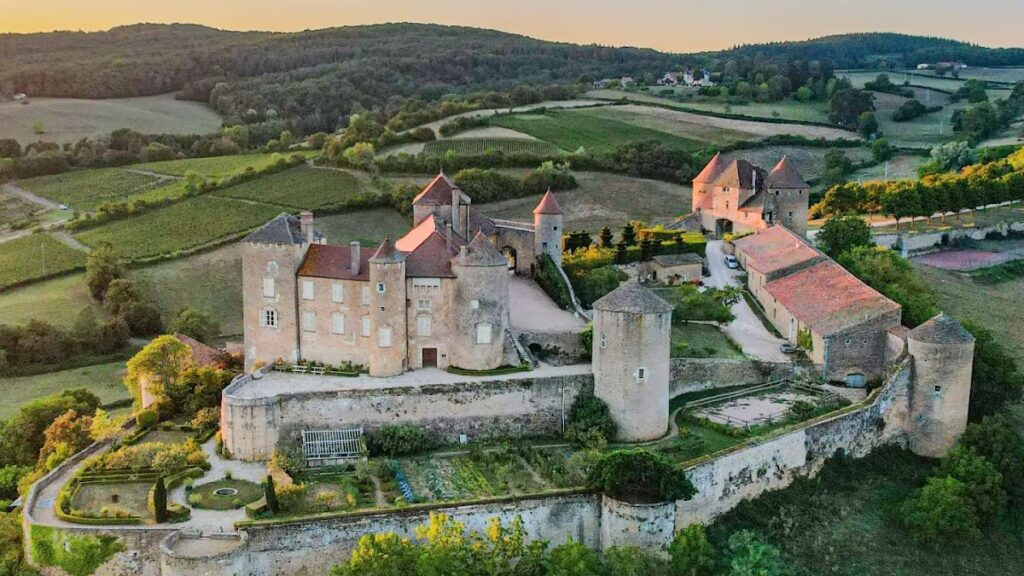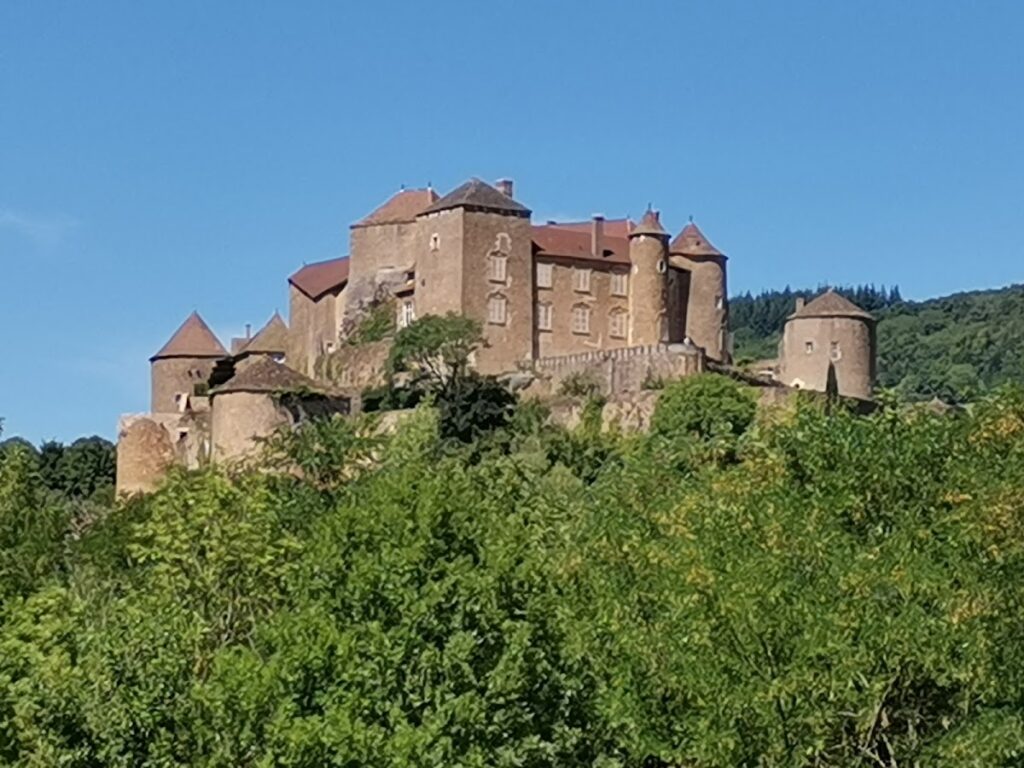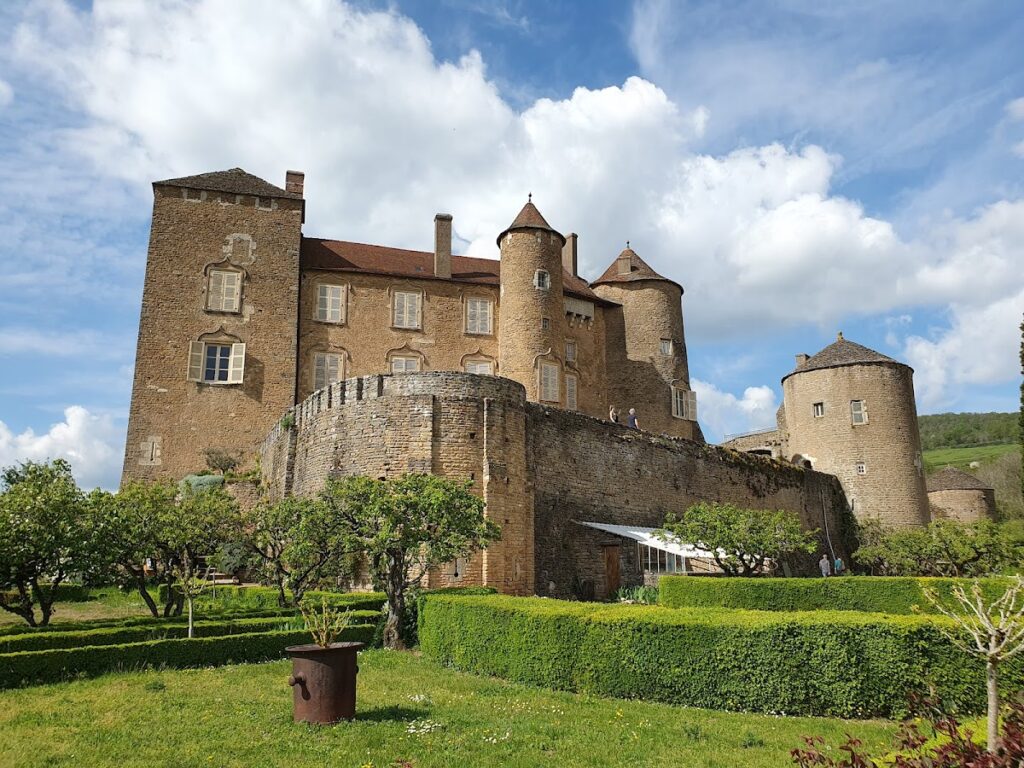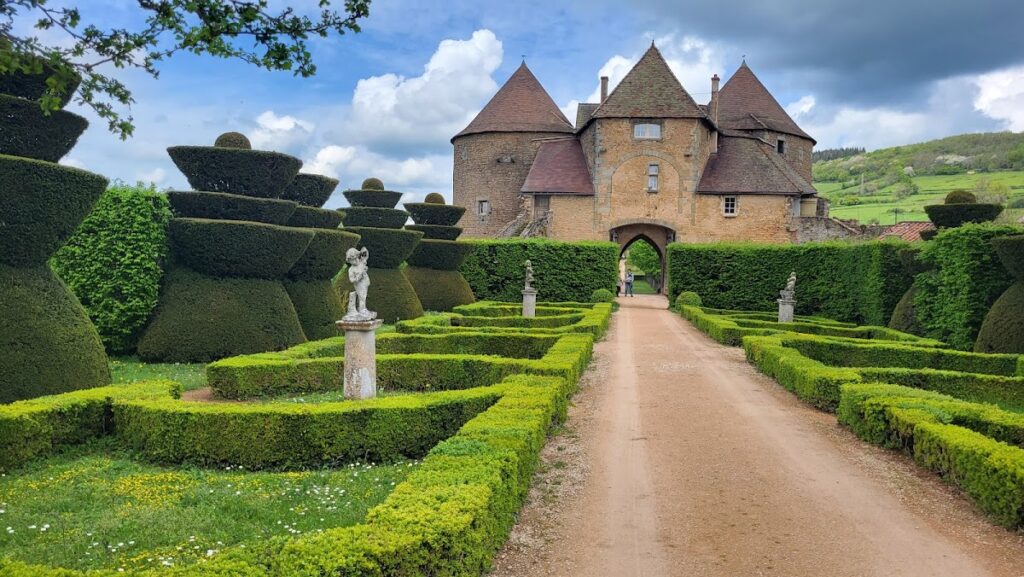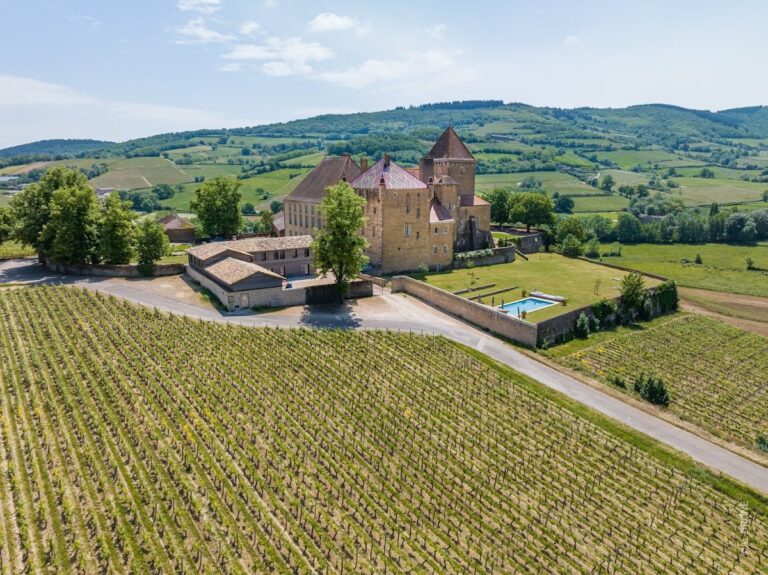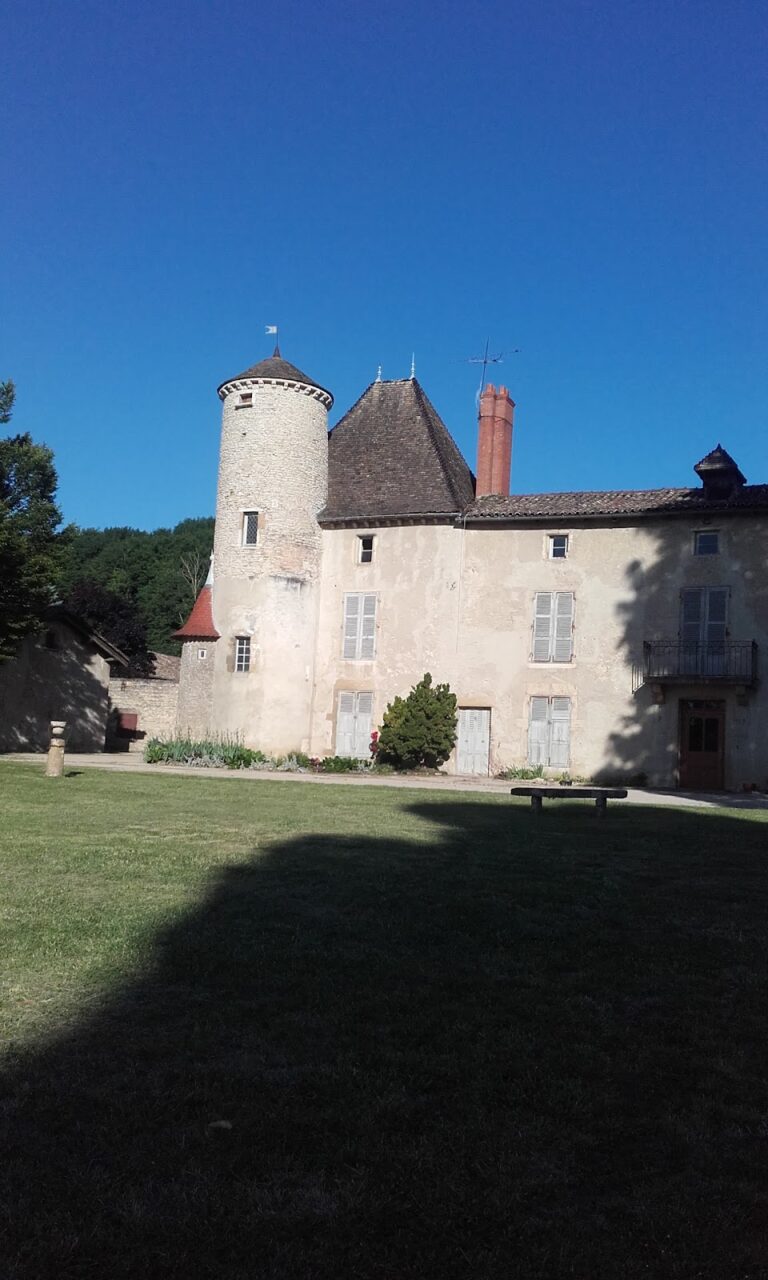Château de Berzé-le-Châtel: A Historic Medieval Fortress in France
Visitor Information
Google Rating: 4.5
Popularity: Medium
Google Maps: View on Google Maps
Official Website: www.berze.fr
Country: France
Civilization: Unclassified
Remains: Military
History
The Château de Berzé-le-Châtel is located in the municipality of Berzé-le-Châtel, France. It was originally established by the early medieval Burgundian civilization.
The origins of the site trace back to the late 10th century, with its earliest mention as a castrum in 991. This initial fortress consisted of a wooden donjon and a stone chapel built in the Carolingian style. The establishment of this stronghold marked the emergence of the Berzé family, one of the oldest baronial lineages in the region of Mâconnais. By 1196, this family held their lands as direct vassals to the King of France, reflecting their significant status in the evolving feudal hierarchy following the decline of Carolingian central authority.
During the 12th and early 13th centuries, the Château de Berzé-le-Châtel played a strategic military role due to its position overseeing the route connecting the County of Mâcon and the Morvan hills. It served both as a defense against Viking and Saracen incursions that threatened the region and as protection for the nearby Abbey of Cluny, a major religious institution of Western Christendom. In 1229, under the direction of Lord Hugues de Berzé and during the reign of King Louis IX, the fortress underwent substantial reconstruction. It was enlarged into a formidable defensive complex featuring three successive sets of walls, multiple towers, and fortified gates. This transformation rendered it the largest military stronghold in southern Burgundy, cementing its role as a vital line of defense for the Abbey of Cluny and the surrounding territories.
The 15th century brought turbulent times, with the castle caught in the conflicts of the Hundred Years’ War as well as the civil strife between the Armagnacs and Burgundians. Ownership of the castle shifted several times amid these struggles, before being secured by Duke Philippe le Bon of Burgundy in 1424. The fortress demonstrated its resilience by successfully resisting an assault from King Louis XI in 1471, underscoring its strategic and military importance during this fractious period.
Later, during the French Wars of Religion in the late 16th century, the castle was besieged and captured in 1591 by forces of the Catholic League led by the Duke of Nevers after a siege lasting two months. Following the consolidation of royal power, Henri IV elevated the stronghold to the status of a county in 1594, transferring it to Duke Antoine d’Aumont. This mark of distinction indicated the castle’s continued prominence, even as the nature of warfare and governance evolved.
After this period, the fortress gradually declined, falling into disuse and ruin over nearly two centuries. During the upheaval of the French Revolution, the site was repurposed as pasture land. Although subjected to occasional pillaging and fires, the castle largely remained intact enough to be designated as national property. In the 19th century, Antonin Gérentet purchased the estate in 1817 and dedicated around thirty years to its restoration and adaptation. His work reflected the Romantic era’s aesthetic ideals, incorporating neo-Gothic windows and creating garden terraces that transformed the once primarily military complex into a more picturesque residence. The property has remained in the hands of the comte de Thy de Milly family since that time.
In recognition of its historical and architectural value, the Château de Berzé-le-Châtel has been classified as a historic monument since 1983. Its well-preserved state has also made it a choice location for film productions, including the 2021 movie “The Last Duel.”
Remains
The Château de Berzé-le-Châtel occupies a commanding position atop a rocky spur overlooking the Petite Grosne valley and the surrounding vineyards. Its layout reflects a defensive design adapted to the natural landscape, featuring three polygonal concentric walls arranged in ascending terraces over a length exceeding 300 meters. Each of these massive walls measures about three meters thick at the base, constructed to withstand sustained attacks and provide layered protection.
Originally, the fortress was equipped with fourteen towers, thirteen of which remain today. These include two central donjons—large fortified towers serving as strongholds within the castle—and a distinctive châtelet gate. The châtelet features essential defensive elements such as a portcullis, a heavy gridded gate that could be lowered to block entry, as well as two drawbridges. These drawbridges allowed controlled access and could be raised in times of danger.
Among the oldest structural elements still preserved are the square donjon and the “tour des revenants,” or “tower of the ghosts,” both dating from the 11th century. The castle’s châtelet gate dates back to the 12th century, while the outer defensive wall and one of the square towers were constructed in the 13th century, highlighting the site’s gradual evolution through medieval architectural phases. Defence enhancements from the 15th century include the Montgirard tower, the portcullis, machicolations (openings in the walls and towers used for dropping projectiles or boiling liquids on attackers), and the drawbridge mechanisms, underscoring the continual adaptation of the castle’s fortifications to new military technologies and tactics.
Within the château, two Carolingian chapels remain from the 10th century, representing the spiritual foundation of the site in its earliest phase. These small religious buildings are rare survivals from the Carolingian period in the region and reflect the castle’s longstanding connection to ecclesiastical authority. Another notable feature is a deep well, carved directly into the rock to a depth of 36 meters, which would have been essential for securing a reliable water supply during sieges.
The residential quarters, extensively restored and expanded in the 19th century, incorporate neo-Gothic windows and adapted garden terraces. These terraces include kitchen gardens, orchards, and the formal symmetry of French-style gardens, illustrating the shift from purely military functions to more aesthetic and domestic uses during the Romantic period.
Overall, the château stands as one of the best-preserved fortresses in Burgundy. It retains much of its medieval military architecture, offering visible testimony to centuries of strategic renovations and defense, while also showcasing later modifications that blend historical preservation with 19th-century reinterpretation.
